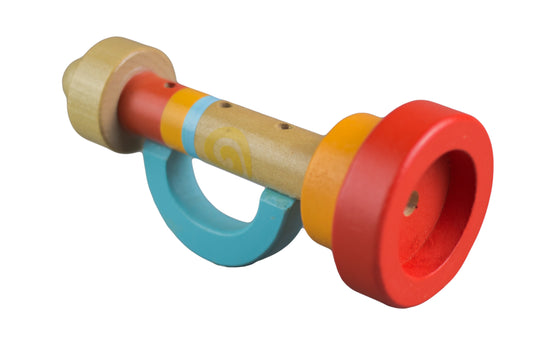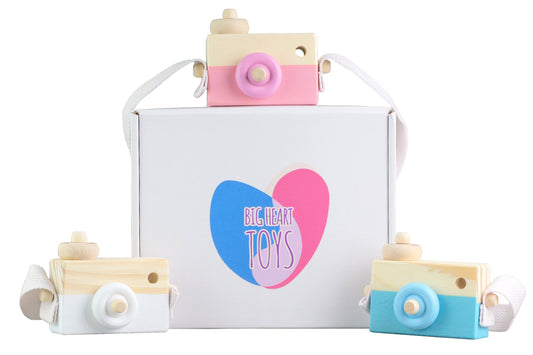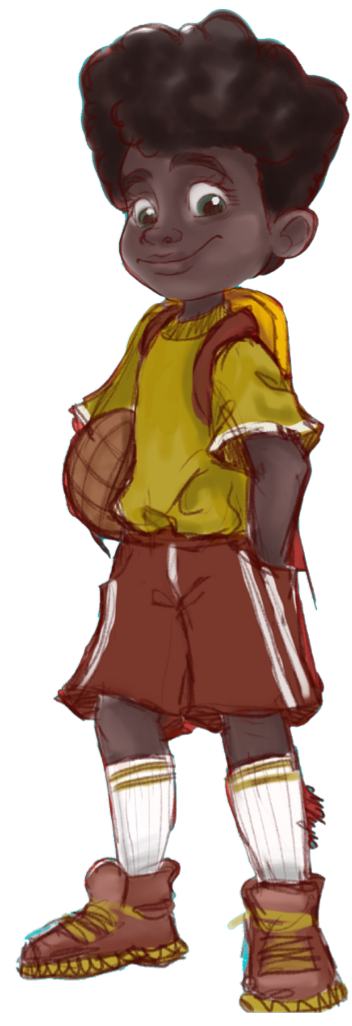It’s no secret that our children learn behaviors from us. Of course, they will all have different personalities and behaviors that won't all come from their caregivers. But a notable degree of what they learn will be from what they see you do.
A lotof personality and behavior originates from the people most influential in their lives . This observation of behavior starts the minute a child is born and continues into adulthood.
Behavior modeling is one of the most used and researched psychological-based training. Behavior modeling is as simple as performing kind acts in front of your child to very complex management training for adults.
Let’s focus on what behavior modeling is for a child and the four steps that take place in this social learning theory:
1. Attention
In order for your child to learn new behaviors from their caregivers, they must first pay attention. This applies to children of every age group.
The good thing is that your child is always paying attention. Although you may not see your child staring at you endlessly, you would be surprised to know that they are taking mental notes all day of what you say and do.
Children are often listening to you and watching the things you do; this is called observational learning. There is a saying out there that I am sure you have heard before, which is “Do as I say and not as I do.”
Although we might think this is possible, it absolutely is not. Children are going to do both! So if you want your children to act in a certain way, then you should model that behavior.
Whether you're a parent, caregiver, or teacher, it is essential to remember that children are always watching and listening. Trying to manage your words and behavior will ensure that our children learn the best behaviors and words to use as well.
2. Retention
The best way to ensure that your child is retaining observed behavior is to ask them about behaviors that they see and reinforce the importance. Being able to retain information is an essential part of learning.
Adults need to consciously remember that children are watching and try their best to show them the appropriate way to respond to certain situations.
When situations arise that are not avoidable, use those moments for teaching. Explain to your child why this situation happened and what was right and wrong. If you are practicing this fundamental, your child will remember what you told them when they are in a similar situation and know how to react accordingly.
3. Reproduction
This stage of modeling behavior simply means that your child has the ability to see behavior and reproduce it. You will be surprised at the things children pick up.
An excellent example of reproduction would be a child trying to wash their parent’s car after witnessing them do it. Although the child will not exactly clean it to perfection, this will show that your child is able to copy behaviors that they see.
Including your child in the things you do will help teach them new skills and assist in the reproduction of such skills.
4. Motivation
This step is perhaps the most critical! For your child to even want to model any of the above behaviors, they need some motivation to do so.
Not all motivation will be positive either. If your child witnesses scolding for a certain behavior, they may decide not to act a certain way for fear of being scolded. On the other hand, seeing praise would encourage your child to act similarly to see the same reward.
Positive reinforcement is far more successful than negative reinforcement. Positive reinforcement can include high-fives, sticker charts, or doing a favorite activity. To work, these must be consistent and regular.
Sometimes offering an incentive for good behavior will also motivate your child to act appropriately. This will be a key factor in how your child may act in the future.
Lack of motivation will ultimately deter your child from wanting to imitate such modeled behavior and could result in negative, aggressive, or inappropriate behavior.
Books To Encourage Positive Modeling Behavior
Modeling behavior for your child is not just about them seeing and hearing how you act in a certain way. There are other ways that we can be modeling behavior. Such models could be things like books.
Reading to your child can help them gain knowledge and to learn positive behaviors. Choosing books that have different life lessons will be a fantastic resource for modeling behavior.
Here are some interactive books that your child will love and also learn from:
- Leo Plays Nicely: This book is all about teaching your child how to play nicely and interact with other children on the playground. Your child will love listening and reading along while Leo plays during recess.
- Leo Deals With Anger: Reading this book will help your child learn about getting angry and how to manage those emotions. It will give them a great example of how aggressive behavior is not acceptable.
- Luna Makes A Friend: While your child reads this book, they will be able to see how being nice and polite can help you make friends. They will compare what they have witnessed so far from you to what they read in the book.
Why Observation and Modeling Play Are Important
A psychologist named Albert Bandera came up with the theory that behaviors are learned by observation. He believed that when a person observes another reacting or speaking in a certain way, they will later use these concepts in their own situations.
Bandera also believed that a person could learn behaviors by reading books and listening to verbal instructions. A child’s decision-making can be directly related to the behaviors that are modeled. They will use what they see, hear, and learn to process how they should behave.
It is also noted in Bandera’s theories that child behavior is not always so obvious. He believed that children could learn new things without this knowledge directly affecting later actions. So even though they are learning, you may not see identifiers. It may not be as noticeable as if you had just taught your child how to ride a bike, and now they are riding it on their own.
The Importance of Sharing Your Feelings
Unfortunately, there will be times when you're having a bad day and maybe feel depressed or anxious. These days, it is important to speak with your child about how you are feeling. Teaching them to hide feelings and bottle them up can follow them into adulthood and possibly give them similar feelings.
If you talk through these feelings with your child, they may learn to talk about their feelings and not develop the same behaviors in the future. It can also be good for you as the parent to get your feelings out. Of course, you might not be able to get into detail, but at least explain why you are sad or anxious and why you feel this way.
There are so many ways to teach your child how to manage these feelings. Some good ways are by using calming strategies or facing your fears.
Playing an Important Role
Whether you are a parent, teacher, or caregiver, you have a responsibility to model appropriate behavior for your children. Modeling of behavior is how our children learn about different life situations and how they should react to them.
Practicing appropriate language, using manners, and respecting each other will ensure that the children of our future will continue to flourish. Positive behaviors do contribute to your child's mental health. This is why talking to them about feelings is important, including explaining why people say and do certain things.
While children will pick up behaviors from their peers and other people in their life, you are the one they pay the most attention to. You want to model the behaviors that you wish for your child to demonstrate.
Rewarding positive behavior will make your child want to consistently “be good.” Take the time to observe how you behave around your child and make a conscious effort to be as positive, kind, and polite as possible. Your child will most likely grow up to be just the same.
Sources:
How to Use Behavior Modeling to Teach Your Teen New Skills | Verywell Mind
Monkey see, monkey do: Model behavior in early childhood | MSU.edu
observational learning | Britannica
Albert Bandura | Biography, Theory, Experiment, & Facts | Britannica
Using Positive Reinforcement to Improve Your Child's Behavior | Verywell Family






